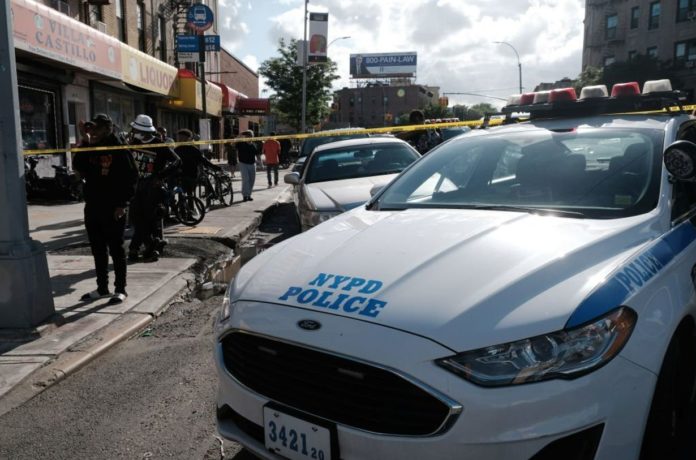The recent advancements in machine learning and artificial intelligence have piqued the interest of governments throughout the world, which would like to use these techniques for predictive policing in order to reduce crime rates.
However, early efforts to anticipate crime have been problematic because they fail to take into account inherent biases in law enforcement and the intricate web of connections between crime and society.
University of Chicago data and social scientists have created a new algorithm that can predict where and when crimes will occur based on historical data of such occurrences.
Approximately 90% of the time, the algorithm can accurately forecast future crimes one week in advance.
The research team also examined the police reaction to crime in a separate model, looking at how many arrests were made after events and how those rates varied across communities of varying socioeconomic level.
They found that the number of arrests for crimes committed in more affluent areas increased while the number of arrests in poorer areas decreased. But crime in poor areas didn’t lead to more arrests, which suggests that the police are unfair in how they respond and enforce the law.
Ishanu Chattopadhyay, PhD, assistant professor of medicine at UChicago and senior author of the new study, which was published this week in Nature Human Behavior, said that “What we’re seeing is that when you stress the system, it requires more resources to arrest more people in response to crime in a wealthy area and draws police resources away from lower socioeconomic status areas.”
The tool was tested and confirmed using historical data from the City of Chicago. The data came from two broad categories of reported events: violent crimes (like murders, assaults, and battery) and property crimes (burglaries, thefts, and motor vehicle thefts).
These numbers were used because they were most likely to be reported to police in cities, where people have a history of not trusting law enforcement and not working with them.
As opposed to drug offenses, traffic stops, and minor violations, enforcement of these laws is less likely to be biased.
In the past, people have tried to predict crime by using an epidemic or seismic model, in which crimes start in “hotspots” and spread to other areas. However, these tools don’t take into account the complicated social environment of cities or the link between crime and the effects of police enforcement.
“Spatial models ignore the natural topology of the city,” according to sociologist and co-author James Evans. “Transportation networks respect streets, walkways, train and bus lines. Communication networks respect areas of similar socio-economic background. Our model enables discovery of these connections.”
The new algorithm separates crime by examining the time and location of discrete events and looking for trends to forecast subsequent occurrences.
Instead of relying on conventional neighborhood or political boundaries, which are equally vulnerable to bias, it splits the city into spatial tiles that are around 1,000 feet across and predicts crime within these areas. With information from seven other American cities, including Atlanta, Austin, Detroit, Los Angeles, Philadelphia, Portland, and San Francisco, the model fared equally well.
“We demonstrate the importance of discovering city-specific patterns for the prediction of reported crime, which generates a fresh view on neighborhoods in the city, allows us to ask novel questions, and lets us evaluate police action in new ways,” Evans added.
The accuracy of the tool, as Chattopadhyay is quick to point out, does not imply that it should be used to guide law enforcement, with police departments utilizing it to proactively swarm neighborhoods to deter crime. Instead, it ought to be included in a toolkit of policing and urban policy measures to combat crime.
“We created a digital twin of urban environments. If you feed it data from happened in the past, it will tell you what’s going to happen in future. It’s not magical, there are limitations, but we validated it and it works really well,” Chattopadhyay added.
“Now you can use this as a simulation tool to see what happens if crime goes up in one area of the city, or there is increased enforcement in another area. If you apply all these different variables, you can see how the systems evolves in response.”
Image Credit: Getty
You were reading: This New Algorithm Can SEE Future Crimes A Week In Advance
